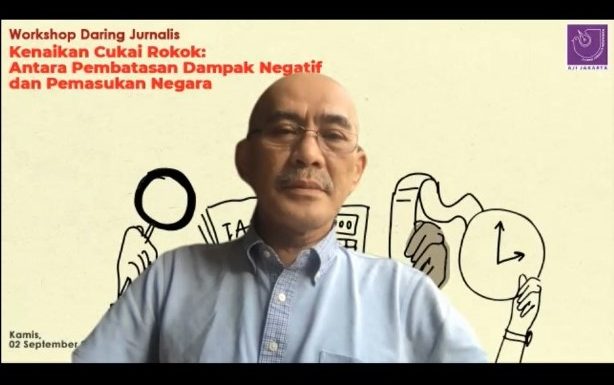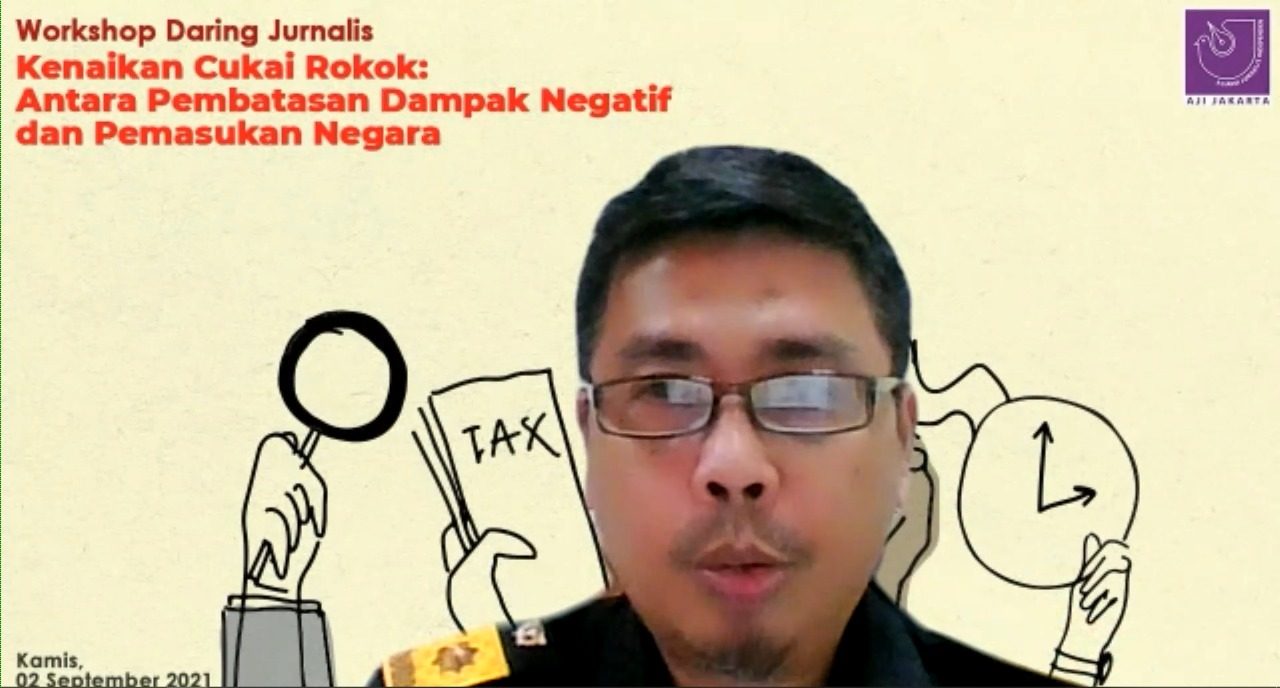Cigarette consumption in Indonesia remain high, although many people face economic hardship due to the pandemic. A recent research by the Center for Indonesia’s Strategic Development Initiatives (CISDI) involving 1,082 respondents showed that 29 percent of people admitted that they continued smoking during the pandemic. CISDI includes this group as persistent current smokers or persistent active smokers.
The percentage of persistent active smokers (29 percent) is much higher than that of the smokers who quit smoking in the time of the pandemic (4.3 percent), as well as the new smokers (0.5 percent).
As the impact of the pandemic, 40 percent of the persistent active smokers said their working time had been slashed, thus decreasing their income, and another 77 percent experienced financial difficulties. Even so, the majority of this group did not reduce the number of cigarettes they consumed and the money they spent buying cigarettes regularly.
The survey conducted by the CISDI showed that 30 percent of 1082 respondents still smoked during the pandemic. Most of the smokers do not reduce the number of cigarettes they consumed and the money spent on buying cigarettes.
Therefore, despite the pandemic that caused heavier economic burden, the number of smokers did not decline, said CISDI’s Tobacco Control Program Manager, Lara Rizka.
This happened because the persistent smokers were already being too addicted to nicotine and they could still able to spend some money to buy cigarettes due to the its affordable price. Based on the research findings, a quarter of persistent smokers switched to cheaper cigarettes instead of quit smoking.
“As the impact of the pandemic, there are smokers who could no longer afford buying cigarettes they usually bought (before the pandemic). However, they do not stop smoking. They instead buy the cheaper ones,” said Lara in an interview on Thursday, September 2, 2021.
The cigarette market provides multiple types of cigarette at varying prices, most of which remain affordable for Indonesian people. Even to make the price of cigarettes lower, the manufacturers of kretek cigarettes often reduce the quantity of cigarettes in each pack to only 6 to 20 sticks.
This, according to Lara, is because there is no standardization for kretek cigarettes packaging in terms of quantity. The government has regulated the number of sticks per pack for white cigarettes, but has not set a standard for the kretek cigarettes.
In Government Regulation No. 109 concerning Safeguarding Materials Containing Addictive Substances in the Form of Tobacco Products for Health, the number of white cigarettes per pack is set at 20 cigarettes.
In addition, Lara also highlighted the government’s decision not to increase the retail selling price (HJE) in the increase of cigarette excise tax by 12.5 percent next year.
She criticized the Ministry of Finance for allowing the selling price of cigarettes to be below the HJE or 85 percent of the HJE. She demanded that the prices should have been more expensive. “However, there are still too many factors that make cigarette prices affordable,” she said.
Previously, the Regulation of Minister of Finance Number 198 PMK.010.2020 stipulates that HJE of machine-made kretek cigarettes is set between IDR 1,020 to IDR 1,700. The price of machine-made white cigarettes range between IDR 1,050 to IDR 1,790 per sticks. As for the hand-rolled white cigarettes and kretek cigarettes, the price is set to IDR 1,015 per stick.
The Board of Trustees of the National Tobacco Control Commission, Faisal Basri, urged the government to immediately minimize the opportunity for producers to create price variations.
In a virtual workshop entitled “Cigarette Excise Increase: Between Restricting Negative Impacts and State Revenue”, on Thursday, September 4, 2021, he said that the government needed to set a standard on the sale of cigarettes per pack, as applied on the sale of mineral water. “Some brands of kretek cigarette are sold with fewer quantity in each pack, as if they look cheaper. Even then, it is also being sold per stick,” he said to describe how affordable cigarette is.

Faisal assured that the move to increase retail cigarette prices would be able to control cigarette consumption of low-income groups. Poverty data in 2020 shows that kretek cigarette spending affects poverty levels. In the majority of low-income households, the spending on cigarettes comes second after the spending on rice, meaning that the people considered that buying cigarette is almost as important as buying staple food.
Therefore, he urged the government to consistently increase the retail price of cigarettes to control the consumption of the poor as well as avoiding the emergence of child smokers. Child smokers tend to choose cheap cigarettes. Therefore, this will trigger a rise in the prevalence of child smokers.
Although the quantity of cigarette production declines every year, the prevalence of child smokers continues to increase. The 2018 National Basic Health Research data stated that the prevalence of smoking children aged 10-18 years increased from 7.2% in 2013 to 9.1% in 2018. The National Development Planning Agency estimates that the prevalence of smoking children will increase from 9.1% in 2018 to 16% in 2030 if no systematic control measures are taken.
Responding to the increase in cigarette excise, Faisal suggested that the policy be equipped with an increase in selling prices. In 2020, the government increased the cigarette excise tax by 23 percent and will increase it by 12.5 percent in 2022.
However, the increase in excise tax has yet to be able to control consumption because the price of cigarettes in the market is still cheap. In fact, the mechanism of controlling cigarette consumption will work if the government increase both the retail cigarette prices and the excise tax. “The excise tax is applied to control the consumption of cigarette, not to optimize state revenues,” said Faisal.
The Head of Sub-Directorate for Advocacy and Partnerships, Directorate of Health Promotion and Community Empowerment at the Ministry of Health, Sakri Sabatmaja, admitted that the low price of cigarettes was one of the obstacles for the government to overcome the high prevalence of smokers.
For this reason, in the revised version of Government Regulation Number 109, the Ministry of Health proposes several rules to limit consumption. One of them is prohibiting the sale of retail cigarettes.
If this revision is approved, he hopes the relevant ministries will follow the policy. However, if the revision of PP 109 fails to be approved by the government, the Ministry of Health will still propose revisions through the national legislation program. “If the Ministry of Finance raises the price of cigarettes, then there must be a minimum basic price because there is still a chance for companies to manipulate prices through production,” he said on Friday, August 3, 2021.
Meanwhile, the Head of Sub-Directorate for Tariffs and Basic Prices of the Directorate General of Customs and Excise at the Ministry of Finance, Akbar Harfianto, stated that the ministry had set the retail selling price of cigarettes (HJE), which was higher than the market price.
This high price was due to a significant increase in excise tax, which last year reached 35 percent compared to the previous price. Meanwhile, in 2021, the government said it would not increase the retail price of cigarettes throughout the year. “HJE tends to be higher than the market transaction price,” he said.
For 2022, Akbar said the government was still discussing how much it will increase cigarette excise tariff. To determine the tariff, the government had to consider many things. The Law 39 of 2007 concerning Excise regulates the functions for state control and revenue. Therefore, policy makers must consider various things, including controlling consumption, optimizing state revenues, labor sustainability and the circulation of illegal cigarettes.

Therefore, amidst these four interests, Akbar said that the government should not side with any parties. “We should be in the neutral standpoint, in the sense that we have to consider the four aspects, although the main focus of excise is to control,” he said.
The government will announce its decision concerning the excise rate in November 2021. The increase in excise is in line with the government’s plan to target excise income in 2022 to reach Rp 203.9 trillion. With the increase, the amount of the revenue is expected to grow by 13 percent compared to 2021.
This year, the excise revenue has reached Rp 179.8 trillion. Of this amount, 96 percent is the result of excise on tobacco products.







